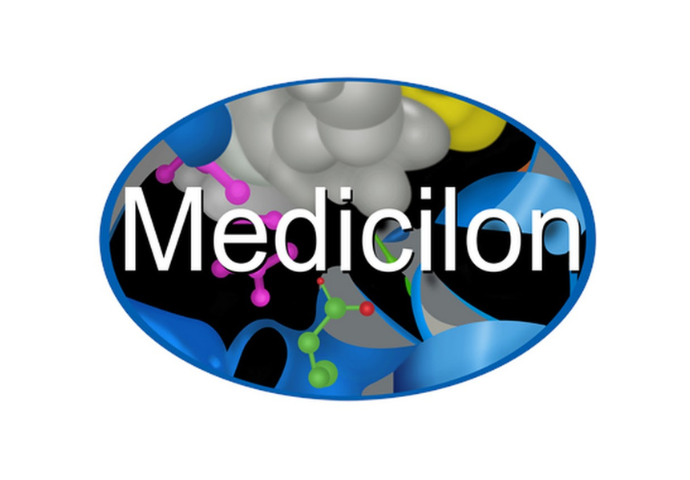SEND Format Conversion:
Medicilon's preclinical pharmacology and toxicology research team is equipped with a professional send format conversion team and has established a send data conversion platform that is fully developed in terms of software, technology, specification and quality, to realize accurate data conversion and provide a good environment for electronic data submission. In recent years, Medicilon SEND team helped customers complete many send data conversion projects within very tight timeline and filed timely with FDA. If your FDA IND-filing projects require SEND Format Conversion urgently, please email: marshalma@medicilon.com I will coordinate with SEND format conversion team to deliver SEND datasets promptly and to enable your project FDA filing process.
SEND Format and FDA Declaration
SEND, Standard for Exchange of Nonclinical Data, is the standard conversion of non-clinical trial data. The standard is defined and maintained by the SEND team of the Clinical Data Inter-change Standards Consortium (CDISC). It proposes and specifies how to collect data, what type of data to collect, and how to submit the data to the agency responsible for approving new drugs.
This standard aims to help the pharmacology and toxicology experts of the Center for Drug Evaluations and Research (CDER) to review new drug projects more efficiently, and to improve the information communication between the various departments of the US FDA and the pharmaceutical industry in the world. Starting from December 18, 2017, the US FDA requires that relevant toxicological tests applying for IND must use the SEND format.
SEND supports the format conversion of test data such as single and multiple-dose general toxicity test, safety pharmacology test and carcinogenicity test, in toxicology test.
What does the SEND format look like?
The SEND format data is a huge data system. The experimental data of a six-month repeated dosing test in mice contains as many as 36,000 raw data.
There are mainly three file types in the SEND data set: .xpt, .xml and .pdf.
The .xpt file constitutes the domain in the data, which represents the synthesis of different types of test data;
The .xml file is a programming language file, a define file, which describes the external content of the data, and is called Metadata.;
The .pdf file is an nsdrg file that describes the entire data set, including experimental design, uncontrolled term description, data set description, and deviation description.
If the domain - .xpt file in the SEND dataset is compared to a tree, the .xml file is the trunk and the .pdf file is the branches and leaves.
Medicilon UK/EU Office, Allia FBC, Kings Hedges Road, CB 4 2HY, Cambridge UK



